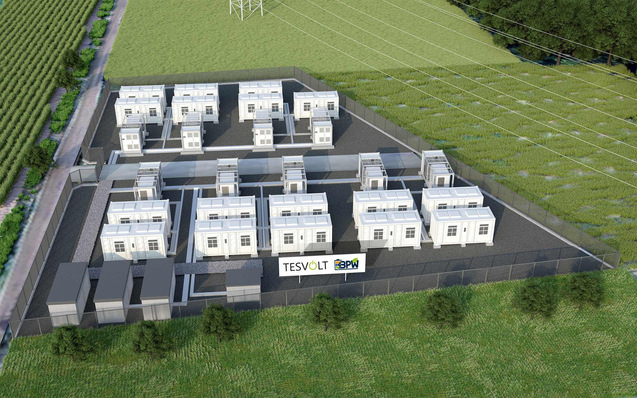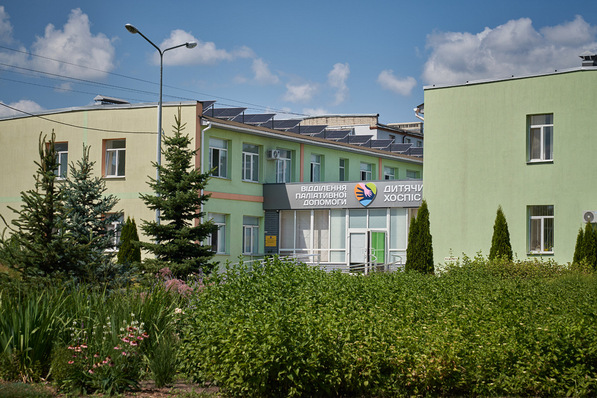“By awarding frequency response contracts to 200 MW of battery projects, the UK is following a global trend towards using batteries to balance the power grid, making it a major global energy storage market, and helping it balance a grid that is becomingly increasingly dependent on renewable sources”, analyst Sam Wilkinson from IHS Technology says. “After several years of rapid cost declines, batteries are increasingly competing with conventional thermal generators as an economically viable and superior way of providing grid services “, he adds.
Increasing need for frequency response
The need for frequency response is increased by the decommissioning of thermal power stations, and the increasing use of renewables, which provide a less stable, fluctuating output than a thermal power station. Large-scale renewables have been built out at a frantic rate in recent years. The UK was the fourth largest solar market in the world last year.
Global trends based on cost reductions
Globally, batteries are gaining a major foothold in this market, thanks to significant cost reductions over the last three years and as they are able to react almost instantaneously, absorbing and injecting power to keep the grid stable. This is a major driver of a predicted 1,800 MW of batteries being connected to grids around the world in 2016, according to IHS Markit analysis.
Eight successful bids
The 201 MW of batteries that the UK now plans to build throughout 2017 and 2018 represents a significant share of around ten percent of the global market for utility-scale batteries connected to the grid in 2017 and 2018. The eight successful bids come from seven different providers, all of which are either established utilities (EON, EDF, Vattenfall) or renewable developers/EPCs (RES, BELECTRIC, Low Carbon, Element Power). Many of these are already experienced with providing grid services in the UK, and are likely to site the batteries at pre-existing generation assets (renewable or conventional) to lower costs. (HCN)
Related news:







